Stories of Korea’s nine seowon
Introduction to 9 seowon, UNESCO World Heritage Sites
Keeper of information
on the seowon’s economic basisPiramseowon Jangseong (Historic Site No. 242)
Kim In-hu (1510-1560), a renowned Neo-Confucian scholar of the 16th century, was said to have read Great Learning (one of the “Four Books” of Confucianism) over 1,000 times.
He always reminded his students that without Great Learning, there was no way to arrive at the truth (道).
All sound files
Important functions of seowon
- Outline
- Veneration
- Learning
- Interaction
- Other aspects
Outline
He always reminded his students that without Great Learning, there was no way to arrive at the truth (道). Kim’s point was that studying other subjects without reading this book was like building a house without first laying a foundation.

Scenery of Piramseowon
Piramseowon is located on a flat, wide lot with a large field in front of it. After passing the red spiked gate, hamaseok, and an old gingko tree, one arrives at the main gate: Hwakyeonnu. The gate’s name Hwakyeon (廓然), means “as clean and impartial as the heart of Kim In-hu.” After passing through Hwakyeonnu, which was also a resting area for students, one reaches the main learning area: Cheongjeoldang, which means “to enter government office with a spirit of integrity and moral cleanliness.”
Behind Cheongjeoldang are Jindeokjae and Sunguijae, which face each other. At the upper left of Cheongjeoldang is Gyeongjanggak, whose name means “to respectfully preserve the relics of kings and one’s ancestors.” The name board of Gyeongjanggak was written by King Jeongjo, and the building is characterized by the three dragon heads on each of the roof’s four raised corners. The reason the dragons were placed on the roof is because the building holds royal relics (dragon ornaments are found on the roofs of palace buildings as a symbol of the king). At the age of 34, Kim In-hu served as the teacher of the crown prince, who would later become King Injong. The crown prince was impressed with the learning and integrity of Kim In-hu and is said to have created for his teacher a painting of bamboo trees. This painting was kept at Gyeongjanggak for many years, after which it was donated by the descendants of Kim In-hu to the Gwangju National Museum.
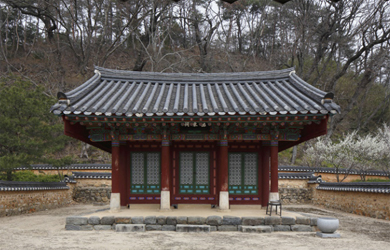
Udongsa
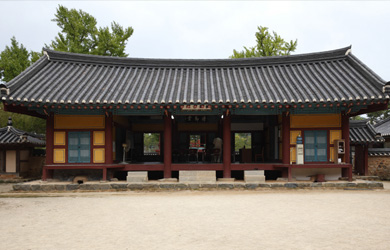
Cheongjeoldang
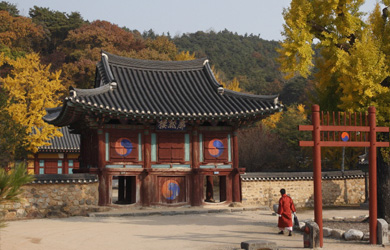
Hwakyeonnu
At Piramseowon, the main learning area and Dongjae and Seojae all face the shrine, as if showing respect. It is considered the prototypical flat layout of a seowon that values respect for great thinkers. To the east of Udongsa’s clay wall is Jangpangak, which preserves the woodblocks that were used to print students’ books. The learning area, shrine, and miscellaneous facilities are, in a sense, strictly separated by walls. But they can also be easily accessed through the doors of varying sizes in the walls.
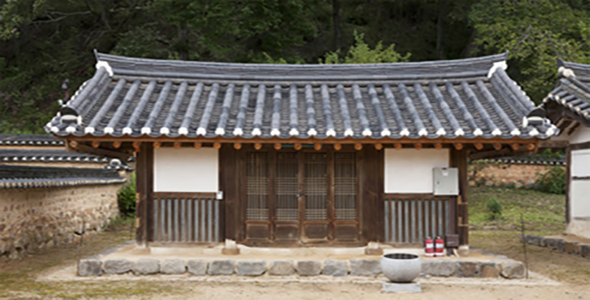
Jangpangak
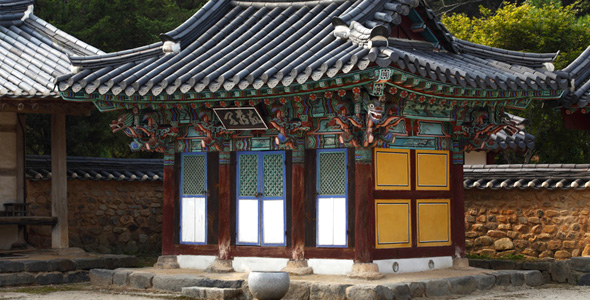
Gyeongjanggak
Veneration at Piramseowon

Udongsa
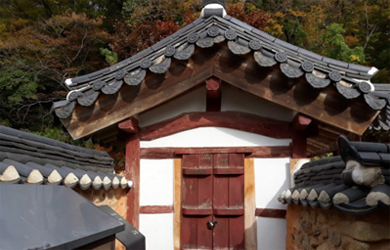
Jeonsacheong
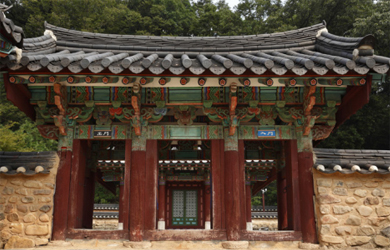
Naesammun
Venerated individuals
Yang Ja-jing (1523-1594) studied and strived to, from a young age, put into practice the content of the Chinese educational text Lesser Learning. Yang was so knowledgeable that he fully comprehended the Confucian classics and Sima Qian’s Records of the Grand Historian at age 15. He also studied under Yi Hwang and Yi Yi and served as the governor of Geochang and Seokseong during the reign of King Seonjo. Yang was Kim In-hu’s son-in-law and student.
Learning at Piramseowon
On the first day and full moon of each month, a ganghoe was held at Cheongjeoldang. The most outstanding participant was given paper as a prize.
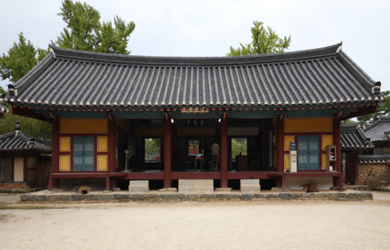
Cheongjeoldang
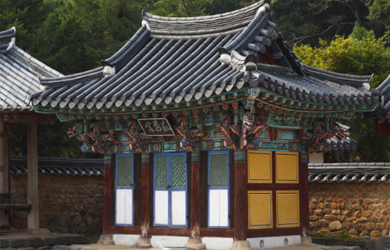
Gyeongjanggak
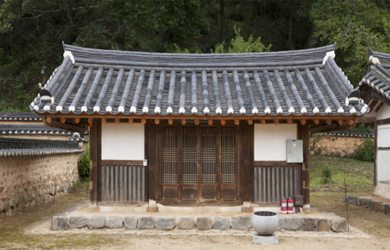
Jangpangak
Interaction at Piramseowon

Hwakyeonnu
Other aspects (cultural heritage items and memorial objects)
Jangpangak houses about 700 woodblocks, including 649 for the Complete Writings of Haseo, 18 for Choseo 1,000 Characters, 18 for Haejamuigugok, and 13 for Baekryeonchohae.
The shrine, Udongsa, is decorated with wall paintings depicting the philosophies of the enshrined individuals, which help us understand the individuals’ characters and value systems.
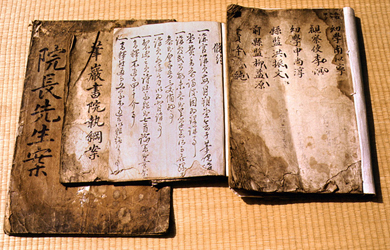
Documents of Piramseowon (Treasure No. 587; Cultural Heritage Administration)

Woodblocks for Collection of Writings by Haseo (Jeollabuk-do Tangible Treasure No. 215; Cultural Heritage Administration)
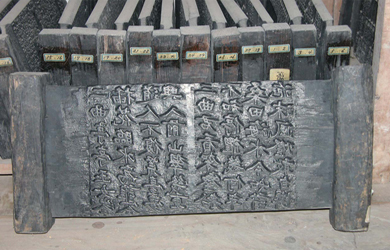
Set of woodblocks for calligraphy by Haseo(Jeollabuk-do Tangible Treasure No. 216; Cultural Heritage Administration)
